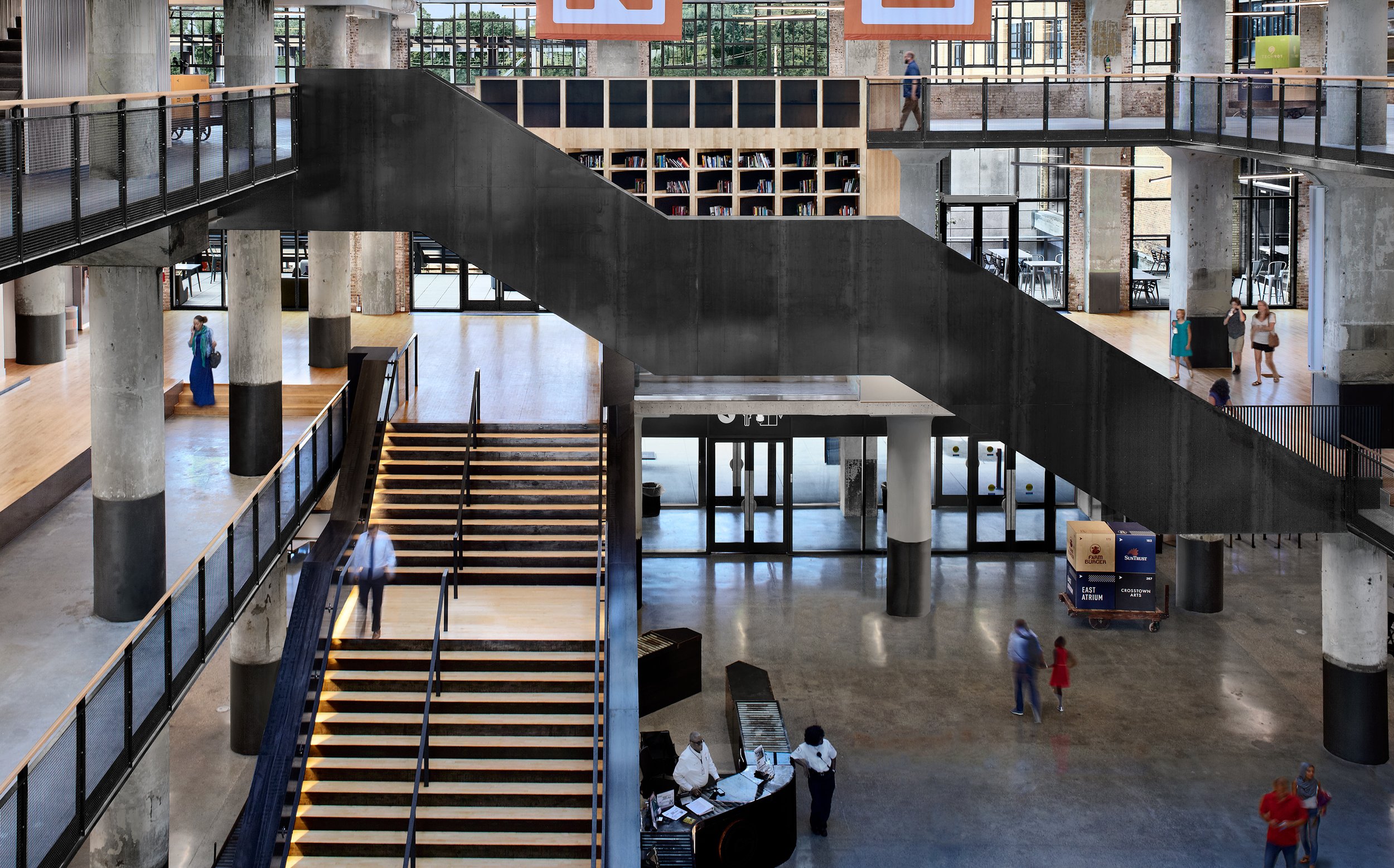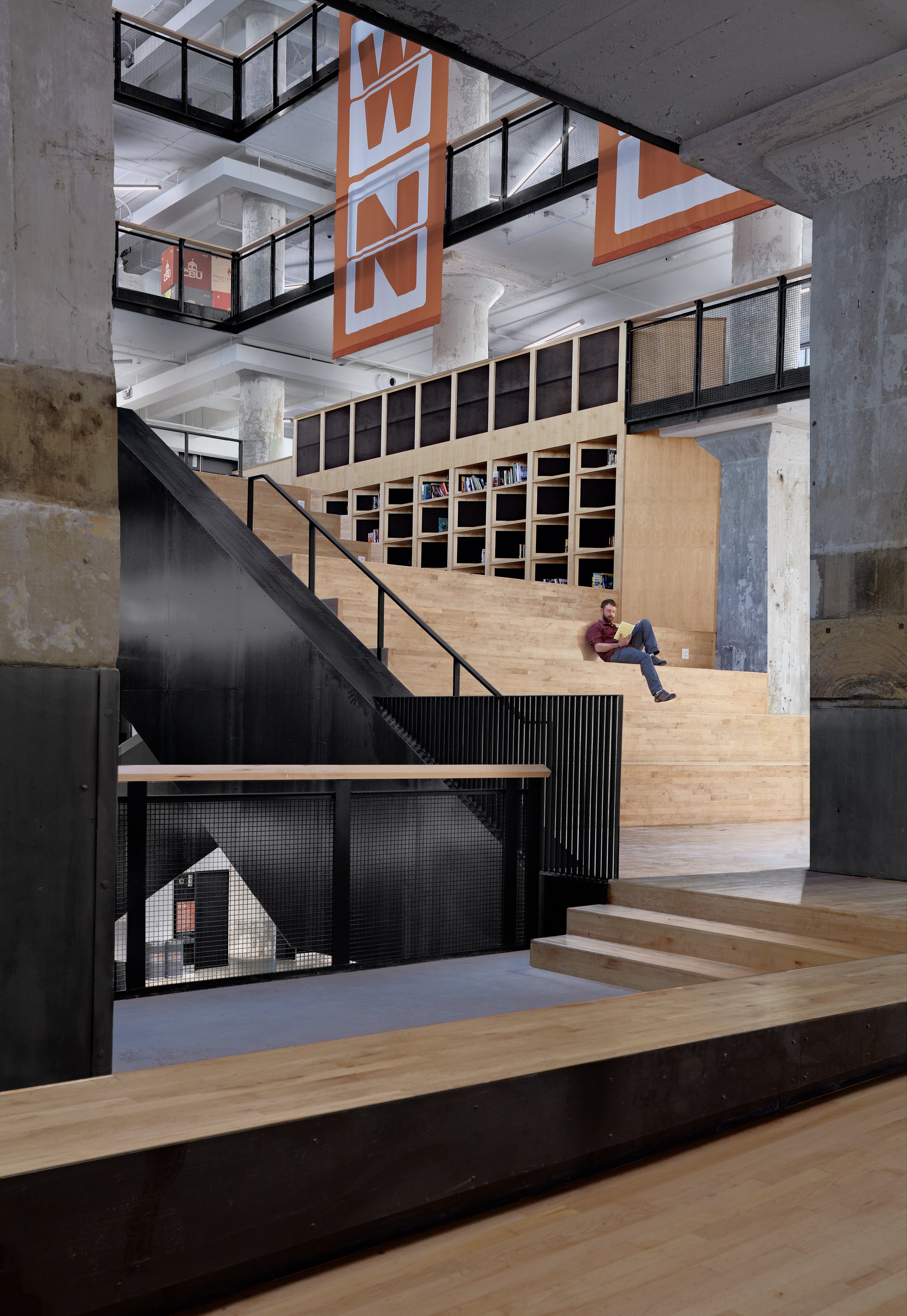LICENSING + PRACTICES
Jeffrey Jacobs owns the copyrights to all of the photographs on this site. All of the images are registered with the United States Copyright Office. The photographs on this site may NOT be downloaded or reproduced in any way without written permission from Jeffrey Jacobs. Mr. Jacobs' policy is no different from other creative service providers, he pours a lot of effort and resources into creating his product therefore he protects it from willful and intentional abuse, infringements are vigorously pursued.
The imagery on this site required genuine passion and dedication for the art of the subject, years of experience, multi-person crews (in most cases), untold hours in production and post-production, often costing the commissioning client thousands of dollars to achieve the results displayed here. Considering these facts, is it any wonder why he avidly protects these images from unauthorized reproduction and/or distribution? By protecting the imagery on this site, he is not only protecting his interests but also the interests and investments of his clients.
“It is my sincere hope that you enjoy the subjects and images on this site and as a token of my good faith, I have added an opportunity for all of you to “Share” a link to any image on my site with your friends, family or coworkers. Sharing is fun but using the images for any other purpose is not, as that would go beyond sharing, so please remember to contact me at jj@jeffreyjacobsphoto.com or 901.274.7632 before using any of the images."
Thank you for understanding and respecting my rights and the rights of my clients.
ADHERING TO BEST PRACTICES
Jeffrey Jacobs is dedicated to maintaining the highest standards in all aspects of his profession; below find a list of standard industry practices that can help guide you through the process of working with professional photographers around the world.
Commissioning Architectural Photography (view PDF)
A comprehensive guide to commissioning the professional services of an architectural photographer developed jointly by the American Institute of Architects (AIA) and the American Society of Media Photographers (ASMP).
Selecting A Professional Photographer (view PDF)
Selecting the right visual creative for your project, as most of you reading this already know, is one of the most important ingredients in marketing any brand. The Images you present in your marketing material will forever represent your brand, design, product or service; it’s your first impression; we only get one so make it your best. The following is a guide contributed by the Architectural Photography Specialty Group of the American Society of Media Photographers to consider when selecting the right creative for your project.
Licensing Photography
Most commercial photography is licensed not sold, for a specific use or uses for a designated period of time. The photographer retains the copyrights to all the images he or she creates unless the copyright is transferred to the buyer by specific written agreement under the terms of the Federal Copyright Act. Licensing, rather than selling the rights to an image can have several advantages for the client as well as the photographer. For the client, costs are often lower to license specific rights than to purchase all rights. For example if your needs are for use in brochures or electronic media, why pay for the rights to use the image on billboards, in magazine advertising or an online ad campaign? For the photographer, retaining the copyrights to the images have ongoing value as stock photography for use in coffee table books, historic documents and by product manufacturers as well as many other uses. For most photographers, an archive of licensable images creates an ongoing income stream which for me, serves as inspiration to produce at levels beyond the scope of the original assignment, consistently delivering added value to my clients on every project.
The most common license I write for architectural firms, contractors and construction industry service providers is defined as “Record & Exhibition” use which includes all in-house collateral; Annual Reports, Corporate Brochures, Power Point Presentations, Web Site, Professional Competitions (with photographer provided release), and Wall Display.
Sharing the Cost of an Assignment
Most architectural assignments offer several opportunities to offset the cost of the photography by sharing the production expenses amongst a number of parties involved in the project. Theses other parties could be joint venture design partners, contractors, developers, engineers, interior designers and product manufacturers may all have an interest in quality imagery. By participating with these other interested parties you can significantly reduce the cost of the production and maximize your marketing budget. I have a basic formula of adding a percentage to the fee (based on the number of participants) for each additional party and dividing the total cost equally between the participants.




